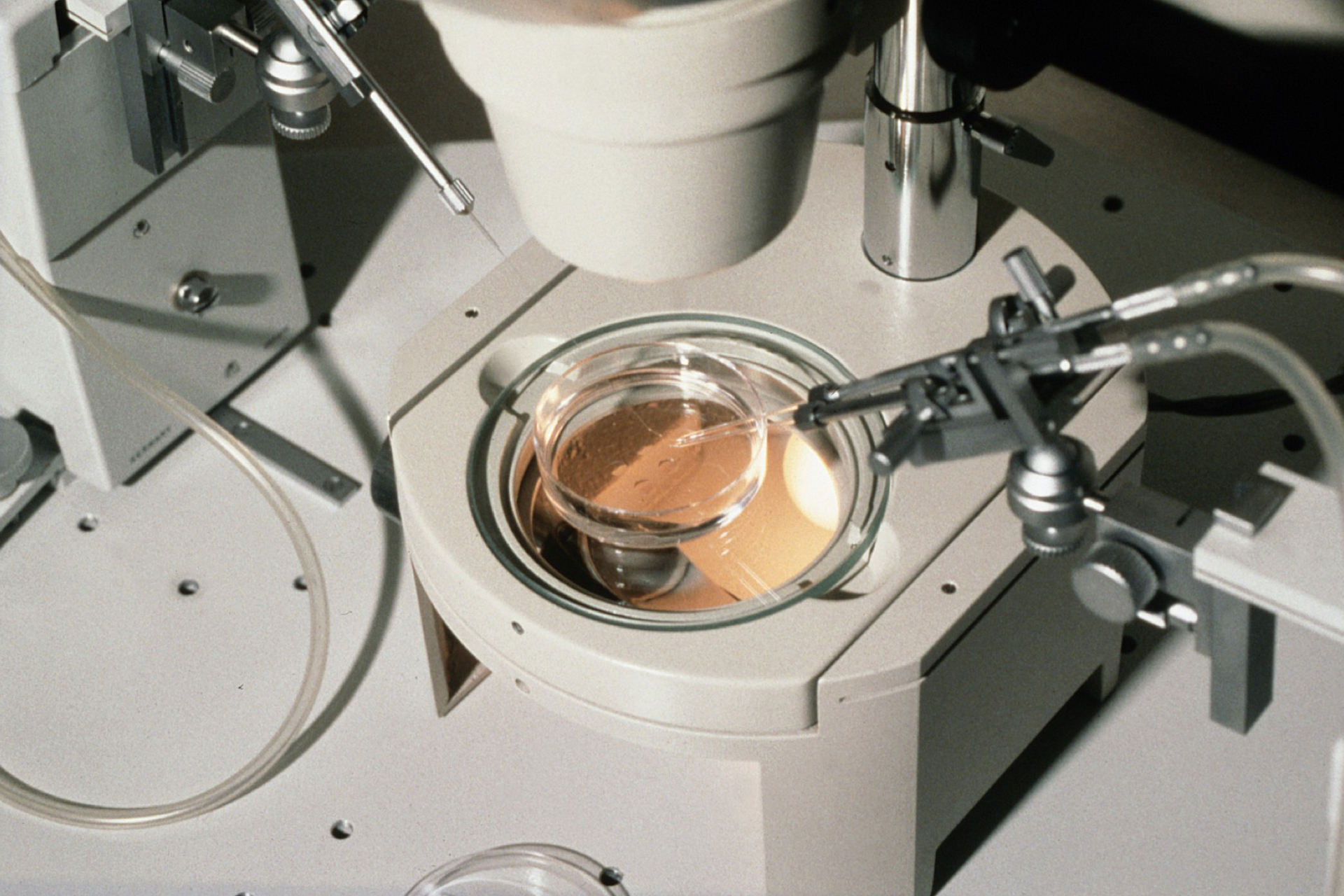This week the law in the UK has been changed to allow the name of men who have died before their child was conceived to appear on that child's birth certificate. It's not a radical change in the law or any great philosophical shift in the way that we regulate assisted reproduction, but for the handful of families affected by the change, it is hugely significant.
Before now, women undergoing IVF or artificial insemination whose partner died before or during treatment, were not permitted to enter their dead partner's name on the birth certificate. Instead, the father's name was left blank, suggesting that he was unknown. By contrast, if a man dies whilst his wife or partner is pregnant, his name can be entered on the child's birth certificate. Mothers of posthumously conceived children, including Mrs Diane Blood, have been campaigning for some years for a change in the law to correct this anomaly. Having given verbal support to the idea of allowing posthumous fathers' names to appear on birth certificates, the government finally delivered on its promise by backing the passage of the Deceased Fathers Bill through parliament. As it happens, the government had been forced to act, after an English court suggested that the law as it stood was incompatible with the European Convention on Human Rights. The bill received royal assent last week and will now amend the Human Fertilisation and Embryology (HFE) Act.
One important aspect of the bill is that it doesn't simply recognise the rights of biologically related fathers. Two clauses refer to couples (married or unmarried) where the embryo was created using donor sperm. This means that a man who would not have been biologically related to his child can now be recognised as the legal father if he died before the child was born. This mirrors the recognition given to social fathers in the HFE Act. This fact provoked some discussion during the passage of the bill, particularly at its second reading in the House of Lords in July. Baroness Warnock said 'I strongly believe that in any case of AID [artificial insemination by donor], the birth certificate of the child should bear the words, 'by donor'.' However, the Baroness conceded that this issued pertained to the question of donor anonymity in general and was a matter for separate discussion.
As the law stands, the social (rather than the biological) father of a donor conceived child is the legal father whose name appears on the birth certificate. This makes sense, particularly in the example of posthumous fathers, who had planned to become a father, but were prevented from doing so by their unfortunate and untimely death. After all, one of the most important aspects of being a parent is the decision to become one in the first place. Intending to have a child and embarking upon a method of realising that intention is of more significance than the method by which that intention is realised.





Leave a Reply
You must be logged in to post a comment.